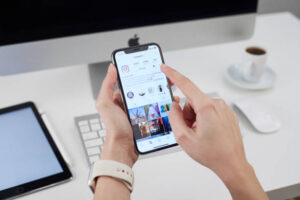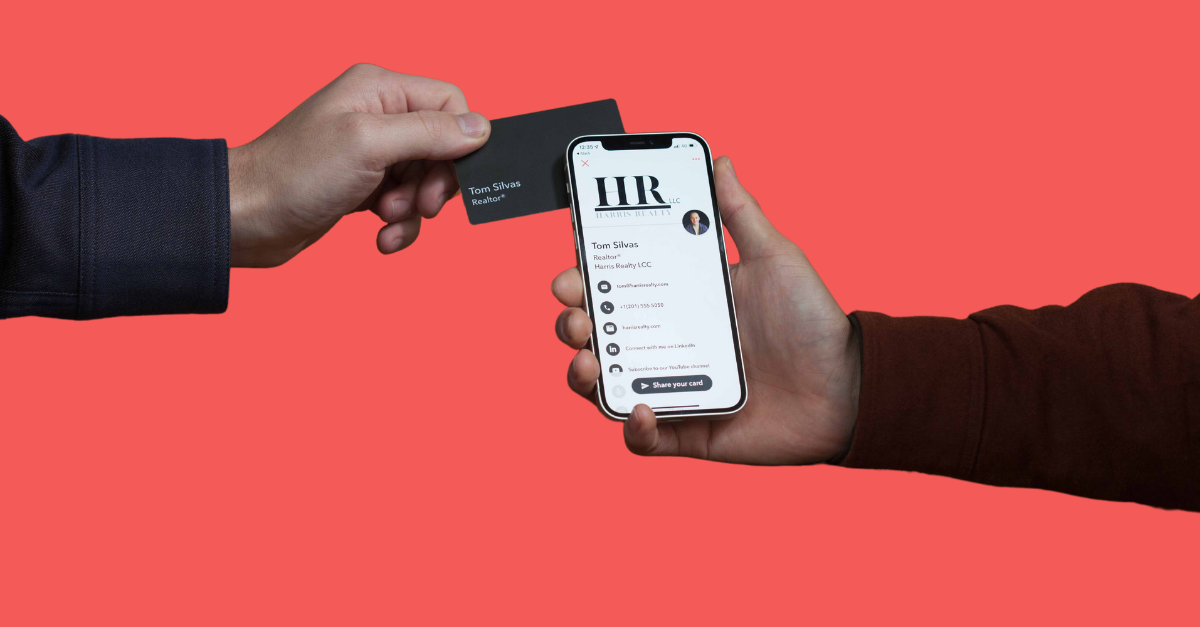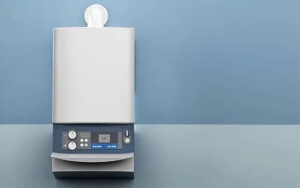Introduction
In today’s rapidly evolving work environment, professionalism isn’t just about attire or communication — it’s also about how a team functions, how information is shared, and how individuals represent their organization. One of the most subtle but impactful tools that can enhance team professionalism is the NFC card. These Near Field Communication cards do more than just grant access. They project a polished, tech-savvy image while promoting efficiency, security, and unity across the team. This article explores how NFC cards can elevate professionalism in any organization — from startups to enterprises.
Understanding NFC Technology
Near Field Communication (NFC) is a short-range wireless technology that allows communication between two devices when they’re close to each other — usually within a few centimeters. Commonly embedded in smartphones, smartwatches, and ID cards, NFC is already widely used for contactless payments, transit systems, and now, increasingly, in corporate identity and access control.
NFC cards contain small microchips and antennas that allow data to be transmitted securely and quickly. Unlike magnetic stripe or barcode cards, NFC cards don’t need to be swiped. A simple tap on a reader is all it takes. This speed and simplicity are at the heart of their growing popularity in professional settings.
The Role of Professionalism in Modern Teams
Professionalism extends far beyond how employees look. It involves punctuality, efficiency, consistency, digital literacy, and how team members interact with each other and external stakeholders. Companies are under constant scrutiny — from clients, partners, and even social media. As a result, every detail matters.
A professional team is one that:
- Projects a unified image.
- Uses tools that promote security and trust.
- Works efficiently using the latest technology.
- Communicates and collaborates with ease.
NFC cards support these goals by offering a smarter, sleeker, and more integrated way to represent team identity and handle daily operations.
How NFC Cards Influence Team Behavior and Image
Carrying a sleek NFC-enabled ID card gives team members a sense of belonging. It shows they are part of something modern, organized, and forward-thinking. The moment a staff member taps their NFC card to access a workspace, log in to a system, or even share contact details with a client via a smart business card, it signals efficiency and confidence.
This subtle behavior builds a more professional culture. Teams take pride in using up-to-date tools. And when everyone uses the same system, from junior staff to executives, it fosters equality and professionalism.
NFC cards also reduce clutter. No more juggling physical keys, access cards, or printed business cards. One well-designed card can replace them all — creating a cleaner, more minimal look for every team member.
Enhancing Security and Trust Within the Organization
Security is a vital component of professionalism. Organizations that can’t safeguard physical spaces or digital data lose credibility fast. NFC cards are a big step forward in that regard.
These cards can be programmed to give specific access to individuals based on their roles. An intern might have access only to the main work area, while a manager could access secure rooms and data hubs. Because NFC cards are encrypted and harder to clone than traditional swipe cards, they reduce the risk of unauthorized access.
Beyond access control, some companies use NFC cards to log employee attendance. This removes the need for manual timesheets and reinforces a culture of accountability and transparency. The result? A more trustworthy environment where everyone’s contribution is recognized and tracked fairly.
Streamlining Access and Operations
In high-performing teams, time is always of the essence. Every second spent waiting for manual check-ins, lost keys, or forgotten passwords is a blow to efficiency. NFC cards simplify access to buildings, computers, printers, and even cloud software systems.
Imagine walking into an office and tapping a single card to:
- Enter the front door.
- Unlock your laptop.
- Access the meeting room.
- Connect to the printer.
- Log into your internal team dashboard.
That’s not a dream — it’s already happening in modern organizations. This level of convenience means fewer interruptions, smoother workflows, and a more focused work environment.
NFC Cards and First Impressions
First impressions in business are everything. Whether it’s a job interview, a client meeting, or a conference, how a team presents itself can influence deals, partnerships, and hiring decisions.
An NFC business card — one that instantly transfers contact information or company profiles when tapped against a smartphone — leaves a lasting impression. It signals that the individual and their company are innovative and future-focused.
Even for internal interactions, NFC cards communicate consistency. Visitors, clients, and new hires notice the subtle professionalism of staff using NFC for access and identification. These micro-experiences build trust and a strong brand reputation.
Brand Identity and Consistency Through NFC Cards
Every detail in a company’s operation contributes to its brand identity — including employee ID cards. NFC cards can be customized with brand logos, taglines, employee names, and even color schemes that align with corporate branding.
Consistency in branding isn’t just for marketing. It also boosts internal culture. When employees see the same design principles across the company — in the website, in emails, and on their own NFC cards — it reinforces identity and belonging.
Moreover, this level of visual and functional consistency reflects well on the company during meetings, conferences, or any public interaction. It tells the world, “We are a cohesive and professional team.”
Real-Time Integration and Connectivity
One of the most powerful advantages of NFC technology is its ability to connect with other digital systems in real time. NFC cards can integrate with apps, HR systems, security platforms, and smart office tools to collect data and trigger events.
For instance, tapping a card could:
- Log your time of entry and sync it with payroll.
- Notify your team you’ve arrived at the office.
- Set your meeting room preferences.
- Track equipment usage in a shared workspace.
All these interactions are seamless and invisible to the user, but the data helps HR and IT departments better manage resources, improve planning, and personalize the employee experience.
And that is where the magic happens — NFC not only helps the team look professional but also work smarter and faster behind the scenes.
Case Studies: NFC Cards in Corporate Settings
Companies across various industries are already using NFC to improve professionalism and efficiency. For example, a software firm in Berlin replaced traditional badges with NFC cards to speed up daily check-ins. Employees appreciated the simplicity, and the company noticed a rise in punctuality.
A co-working space in Singapore integrated NFC cards with booking systems. Users could reserve desks, access printing, and even buy coffee — all with a single card. This seamless experience was praised by startups who wanted to impress clients and investors.
Even in healthcare, NFC is helping teams streamline patient file access and ensure only authorized personnel enter sensitive areas. In each case, the outcome is the same: improved trust, better workflows, and a more professional impression.
NFC Cards vs Traditional ID Badges
Let’s examine how NFC cards compare to traditional ID systems in terms of professionalism, efficiency, and security. The table below highlights key differences.
Table: Key Comparisons and Impact Areas
| Feature | Traditional ID Badges | NFC Cards |
| Access Method | Manual swipe or barcode scan | Tap-based, contactless |
| Security Level | Moderate (easily cloned) | High (encrypted, hard to copy) |
| Customization | Limited | High (logos, role-based access) |
| Integration with Systems | Minimal | Extensive (HR, IT, smart tools) |
| Data Collection | Manual or absent | Real-time, automated |
| User Experience | Slower and prone to error | Seamless and fast |
| Professional Appeal | Basic, outdated | Sleek, modern, tech-forward |
| Durability | Lower (easily damaged) | Higher (rugged, long-lasting) |
Challenges and Considerations
While NFC cards offer a lot, they aren’t without challenges. Initial setup costs can be high, especially for smaller teams. Integration with legacy systems can also take time and technical support.
Privacy concerns must be addressed as well. Teams should be informed about what data is collected and how it’s used. Transparency builds trust and ensures that professionalism is upheld not only in appearance but in ethical practices too.
The Future of NFC in Professional Workspaces
The future looks promising for NFC technology. As more devices and systems become compatible with NFC, the possibilities grow. Soon, NFC might not just handle access and identity, but also:
- Trigger personalized lighting and climate settings.
- Help monitor wellness and ergonomics.
- Connect with wearable tech to improve collaboration.
As artificial intelligence and smart buildings evolve, NFC will become an essential bridge between people and machines. Companies that adopt early will position themselves as leaders in professionalism and innovation
Conclusion
Digital Business Cards are more than a tech upgrade. They’re a cultural shift — a move toward efficiency, security, consistency, and smart branding. From how a team enters a building to how it engages clients, these small cards have a big impact.
In a world where perception and performance are equally important, NFC cards help teams stand out, work better, and represent their organizations with pride. Adopting this simple yet powerful technology is a step toward true professionalism — not just in looks, but in action.









